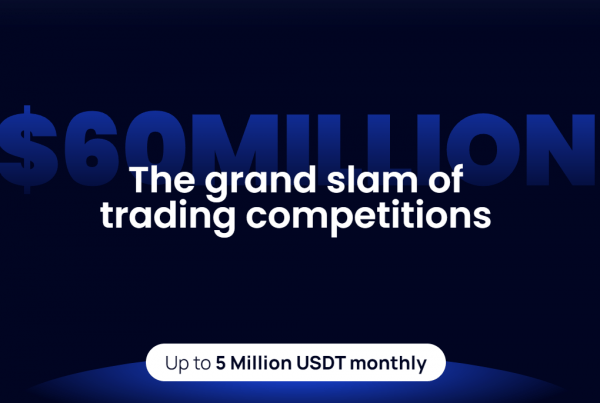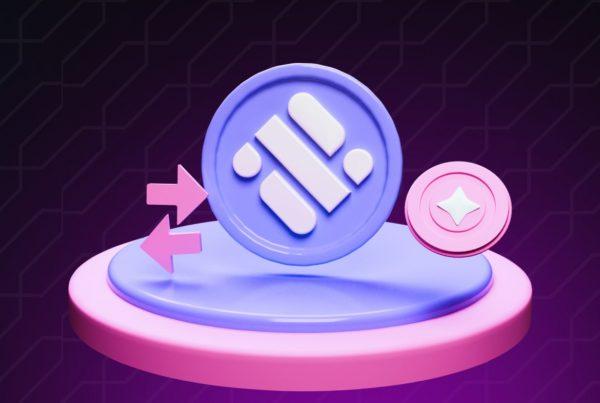The BTC mined by Satoshi Nakamoto is topic from the earliest days of Bitcoin and many people in the cryptocurrency community are curious about it. Satoshi Nakamoto is the unknown creator of Bitcoin who released the Bitcoin whitepaper in 2008. Evidence suggests that Satoshi either doesn’t have the private keys to access these early coins or is simply not interested in spending them (if he is still even alive).
WhaleAlert is a famous crypto community service that’s renowned for its Twitter alerts about huge cryptocurrency transactions. A report published by WhaleAlert recently estimates that Nakamoto mined 1,124,150 Bitcoins.
There is a method for estimating the coins that were mined by Satoshi. This method is called the Patoshi Pattern and it was introduced by Sergio Damian Lerner in 2013. It seems that Satoshi mined Bitcoin because he wanted to be sure about the security of this nascent network. The Patoshi miner stopped operating in May 2010, and it’s unclear if Nakamoto continued mining bitcoin after that date or not.
How to guess the network hash rate?
There are fields in bitcoin blocks and you are able to guess the whole hash rate of the network from them. The block header possesses the most significant metadata of the block and they are 80 bytes.
The timestamp and the difficulty target are two fields in the block header that we can use in this analysis. The difficulty target codifies the minimum difficulty of the block and is utilized to determine if a block hash is eligible to be adopted as a new block. The difficulty target is regulated occasionally.
The timestamp field codifies the time of the block mining. BTC is distributed and no global resource clock exists for all the nodes. Block timestamps are still vital for the adjustment of difficulty. The timestamp field is signed loosely by the nodes and some deviation is natural for it.
The target block interval for bitcoin is 10 minutes. It means that new blocks should emerge approximately every 10 minutes. After 2016 blocks are mined, a new difficulty goal is set so the block interval remains as close to its target is possible. As such, the difficulty is regulated around once every 14 days. By using this background, everyone can guess the history of hash rate.
Early hash rate of the bitcoin network
Six months after block zero was mined in 2009, bitcoin hash rate was about 5 MH/s. It declined for a short period and then moved up towards the end of the year. This rise was significant. Nearly all of the mined blocks of 2009 only have a few transactions inside them. Connected with the weak hash rate, we can conclude there were a small number of bitcoin users in 2009.
Back then, there were a few people like Hal Finney downloaded Nakamoto’s code and ran it. It seems that many early adopters of bitcoin just ran the code for a short time. Back then, Bitcoin had practically no monetary value.
The situation was not so clear at that time and it seems most of the blocks in 2009 were mined at a slow pace in comparison to the targeted 10-minute interval. Based upon the materials mentioned above, it’s rational to accept that most of the hashing power of that year came from Nakamoto. The hash rate in the first half of 2009 was very constant and if there were other people, the hash rate would have shown more significant changes. From the beginning of 2010, the hash rate rised fast and it means the presence of serious users in this space.
Was Satoshi alone in mining?
The answer to the above-mentioned question is probably yes. The network’s hash rate was fixed for around six months and if there were some other people at the space, the hash rate would change dramatically. Maintaining a 5 MH/s hash rate was feasible at the time, considering the type of computer hardware that was available.
The hashing power of the CPUs that existed at the time is a strong and clear clue for Satoshi`s unaccompanied mining. If other people were mining at that point, the hashing power must have been really higher. For more evidence about Satoshi’s solo mining, you can go to this link.
Final thoughts
From my observations, the most frequent estimate for how many coins Satoshi mined is at around 1 million BTC. 1.6 million coins were mined in 2009 and Nakamoto could have controlled around 60% of the whole hash rate. Satoshi continued BTC mining in 2010 as well, making the 1 million BTC figure pretty plausible. Most of the mined bitcoins of 2009 are intact and Nakamoto never spent them. It seems that Nakamoto’s primary aim for mining Bitcoin was the expansion and development of the nascent network of bitcoin. Satoshi was interested in that ecosystem wanted to create a user base.



